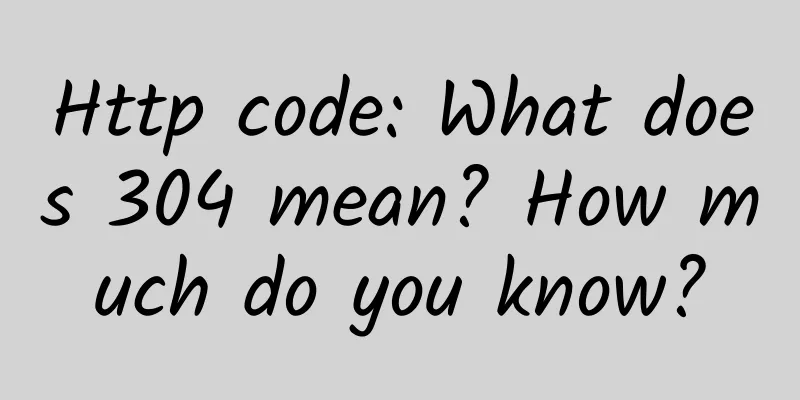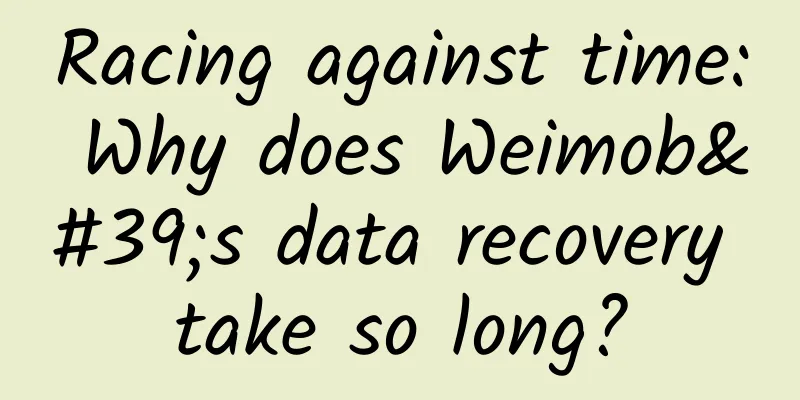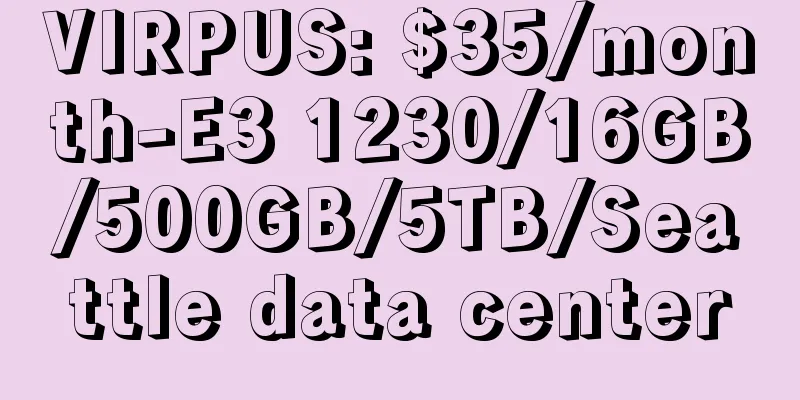Http code: What does 304 mean? How much do you know?

|
picture 1. http code 304 Not ModifiedThe HTTP status code 304 Not Modified is a no-content status code that indicates that the client sent a conditional request and the server found that the resource has not changed since the last request, so it returns this status code instead of retransmitting the same data. When a client (usually a browser) requests a resource from a server, if the resource has been cached before, it will include some information in the request header, such as If-Modified-Since or If-None-Match, to ask the server whether the resource has been modified.
If the server finds that the requested resource has not changed since the last request, it sends a 304 Not Modified response without including the actual content of the resource. This reduces bandwidth consumption and improves performance because the client can directly use its cached copy. 1.1. Example1.1.1. Client request header example: 1.1.2. Server response header example: In this example, the client provides an If-Modified-Since header indicating that it has a copy of the resource that has not been updated since the specified date. The server checks the resource and determines that it has not been modified since that date, so it returns a 304 Not Modified response. For front-end developers, understanding the 304 Not Modified response can help optimize application performance, especially when network requests are frequent. Proper use of HTTP caching mechanisms can significantly reduce data transmission and improve user experience. |
<<: Eight major IT disasters in 2024
Recommend
China Telecom faces four major challenges in network reconstruction of SDN/NFV practice
On July 11, 2016, China Telecom released the &quo...
How is the VoLTE development of the three major operators?
There are always various opportunities for indust...
5G development has entered a critical period, and the following major applications are worth paying attention to in 2021
Since its official commercial launch in 2019, aft...
How to deploy multiple computer rooms? How to synchronize data?
Author: Guo Guanhua, unit: China Mobile Smart Hom...
Network Experts: 5 best practices for successful IPv6 migration
Today, the online world is slowly transitioning t...
What are the categories of 800G optical modules?
800G optical modules have entered mass production...
A simple guide to Wi-Fi, a must-read when buying a router
In this article, we will talk about the wireless ...
Operators’ deployment of the Metaverse: a good business that will not lose money whether you win or lose
[[437233]] Recently, the hottest word is naturall...
If WiFi coverage is not good, should I use a wireless repeater or a powerline modem?
[[240625]] Poor WiFi signal is a headache for man...
How does machine learning help 5G networks?
Machine Learning Machine learning is a field of e...
SaltyfishTech: San Jose CN2 GIA line VPS quarterly payment starting from $15.9, 1GB/10G SSD/1TB@300Mbps
SaltyfishTech recently offered a 7.8 discount cod...
DPtech assists the Road Network Center of the Ministry of Transport to provide security support for the comprehensive establishment of a ministerial-level monitoring system for highway video networking
Recently, Deepin Technology won the bid for the h...
RAKsmart launches Cloud Server, starting from $7.59 for basic configuration
The tribe often shares information about RAKsmart...
After the mixed-ownership reform, can China Unicom seize the opportunity to make a comeback in 5G?
Image source: Visual China Among China's thre...
CloudCone: Los Angeles CN2 GIA line server 15-100M unlimited traffic starting from $82/month
I have shared information about CloudCone many ti...


![[6.18] UCloud Kuaijie cloud server starts from 5 yuan, COM domain name starts from 20 yuan, 100GB CDN traffic package starts from 1 yuan](/upload/images/67cac33114e29.webp)






